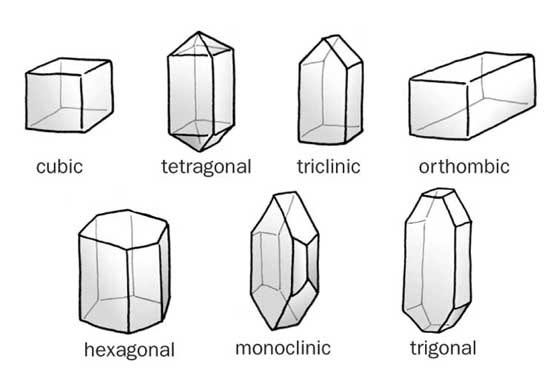The Blackpool war memorial is a Grade II Listed granite obelisk on three-stepped plinth and set of square steps located on the seafront. Alongside the main obelisk are two freestanding chest tombs with covers of cast bronze listing the names of the fallen. It was erected in 1923 to remember all those lost in conflict. It stands in a prominent position on Blackpool Promenade.
Igneous rocks commonly form from molten magma. Under the surface of the Earth the magma is kept plastic by high temperature and high pressure. As the volcano erupts hot magma reaches the surface. Afterwards it quickly cools down and solidifies. The crystals formed by rapidly cooling magma are usually small. However, magma doesn't always reach the surface. Sometimes it is trapped underground. In this case the magma cools down more slowly forming larger crystals.
One of the properties of granite is large crystals that can be seen with the naked eye. Granite crystals will always be large enough to see easily. Therefore, if the crystals cannot be seen, the rock is not granite.
Granite is a common intrusive plutonic igneous rock. Plutonic means that it is magma that does not reach the surface of the earth and so cools very slowly underground. Intrusive means that it has moved into other rocks by force coming up from the Earth. Its colour ranges from brown to black, according to the proportions of its minerals.
Granite is crystalline in texture, with crystals large enough to be visible with the unaided eye. It forms from the slow crystallisation of magma below the Earth’s surface. It is composed mainly of quartz and feldspar with smaller amounts of mica, amphiboles and other minerals.

Quartz = grey, white, glassy
Feldspar = white with a grey/yellow tinge, opaque
Potassium Feldspar = usually pink, opaque
Amphibole = black/dark green
Mica = black
Crystals within granite can be described as phenocrysts, of which there are varying shapes.
Their descriptions can be found below:
•Tabular - a term used to describe crystals with rectangular tablet shapes.
•Equant - a term used to describe crystals that have all of their boundaries of approximately equal length.
•Acicular - a term used to describe crystals that occur as long, slender crystals.
•Prismatic - a term used to describe crystals that show an abundance of prism faces.

In order to log the EarthCache you must answer the following questions:
1) Observe the crystals in the granite and describe their size, shape and colour.
2) Using the information in the description, what minerals do you think are present in the granite?
3) Look at the side of the memorial with the Falklands Conflict inscription. The crystals on this section of stone are much smaller and generally closer together. Suggest why this might be.
On your log please include a photo of you or your GPS at GZ. Please do not show any area that will give answers away.
Please send your answers at the same time as you log the cache via message or email.
If anybody would like to expand to this series please do, I would just ask that you could let Just-Us-Two know first at justustwo1013@gmail.com so they can keep track of the memorial numbers and names to avoid any duplication.